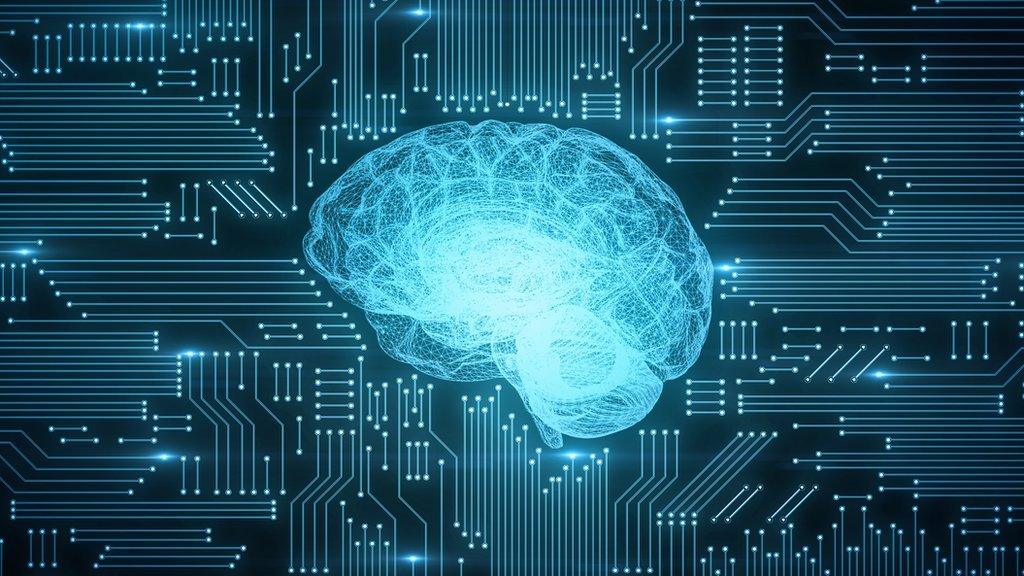Reinforcement Learning (RL), unlike other machine learning (ML) paradigms, notably supervised learning, has an agent learning to act optimally within a given environment, one step at a time. At each step, it is given feedback in the form of a reward or a penalty. The goal is to learn a policy a strategy for selecting actions that maximize the total reward over a certain time horizon. There are no inputs or outputs to fit to (as in traditional supervised learning), so RL agents must balance exploring unknown actions to discover their worth and exploiting known good actions to maximize rewards.
Reinforcement Learning History:
Reinforcement learning began with behavioural psychology’s theory of behaviourism in the early 1900s. Behaviourism postulated learning as a trial and error process propelled by rewards and punishments. This concept was later adapted and formalised into computer science mathematical models that paved the way for the development of optimisation and machine learning algorithms. Reinforcement learning is akin to optimising methods where the desired function is not explicitly given but is instead hinted at through trial and error.
How does reinforcement learning work:
To enhance decision-making, reinforcement learning works by training an agent to interact with an environment. The agent gets to perform actions. After each action, the agent gets feedback in terms of rewards or penalties associated with the specific action.
Types of Reinforcement Learning:
- Value-Based Reinforcement Learning
This method requires an agent to learn a value function that predicts the reward for performing an action in a particular state and Q-learning is the most well-known. An agent updates its Q-values in Q-learning according to the received reward and acts to maximize these Q-values.
- Policy-Based Reinforcement Learning
Policy-based methods focus on learning the policy itself, which is the set of rules mapping states to actions, instead of estimating value functions. This is crucial in cases with complex or continuous action spaces. Methods like REINFORCE and Proximal Policy Optimization (PPO) are good examples of algorithms that follow this paradigm.
- Model-Based Reinforcement Learning
This refers to methods which try to construct a model of the environment that can predict the following state and reward given the current state and action. Using this model, the agent can plan and make decisions ahead of time. While this method is efficient in terms of samples, its implementation can be complicated to do correctly.
4. Actor-Critic Methods
These hybrid methods combine the strengths of value-based and policy-based approaches. The actor updates the policy based on feedback from the critic, which evaluates the action taken. This results in more stable and efficient learning, especially in complex environments.
Applications of Reinforcement Learning:
- Self-Driving Cars
Self-driving cars use reinforcement learning to understand their surroundings. They identify the best routes, change lanes, avoid obstacles, and optimize their overall driving.
- Automated Machines
Automated machines use reinforcement learning to master new skills like walking, picking up objects, and putting them together. As they deal with new items and different tasks, they improve how they do things in due course.
- Medicine
Personalized treatment is now possible because of reinforcement, which allows crafting adaptive treatment plans for patients. It is also useful in optimizing clinical trials and in the management of chronic illness.
- Investment
In portfolio management and trading, reinforcement learning technologies attempt to make investment choices by evaluating prevailing market patterns and modifying tactics geared towards greater returns.
- Recommendation Systems
Reinforcement learning is used to improve the recommendation systems. As users interact with the content, the system learns users preferences and dynamically suggests content making the platform personalized and more engaging.
Reinforcement Learning Examples:
Reinforcement learning is integrated into numerous fields enabling the technology to thrive. In game playing, RL has enabled breakthroughs like AlphaGo which mastered complex games such as Go and chess through self-play. In autonomous driving, self-driving cars use RL to make decisions like lane changes and obstacle avoidance by learning from real and simulated environments. In robotics, RL helps machines learn tasks like walking, grasping, and assembling by adapting to physical feedback. In finance, RL algorithms optimize trading strategies and portfolio management by analyzing market data. Lastly, in recommendation systems, platforms like Netflix and Amazon use RL to suggest content or products based on user behavior, enhancing engagement and satisfaction.
Reinforcement Learning Advantages:
Reinforcement learning is adaptive and its methods are goal driven. As an example, it can be very effective in environments that are constantly changing and that require very little supervision. It is a type of learning that is guided by rewards or feedback, in which an agent learns to improve its behavior over time based on interaction with the environment.
Conclusion:
As the rest of intelligent systems, reinforcement learning is, for now, an incredible advancement and is bound to become even more so. The level of innovation that RL will bring about will be unimaginable given the availability of more processing power and much more sophisticated algorithms. Preemptive systems, self-learning autonomous agents, and machines that collaborate with humans are only the beginning. Personalized medicine, self-developing robots, and adaptive learning systems will all lean on RL technologies. These technologies will not just adapt to the world, but will actively ‘mold’ it, in essence, making the word ‘transformative’ obsolete in describing the level of change these technologies will bring.






